https://www.lifegate.it/citta-autocentrica-stop
- |
We went to the Moon, cloned Dolly the sheep, broke down microparticles and play chess with artificial intelligence.Yet we have not yet managed to free ourselves from the car-centric city, to make our streets liveable, safe places, where we can move freely on foot or by bicycle, with a stroller or in a pram, where boys and girls can play peacefully , breathing clean air.Even today, people are confined to marginal and dangerous spaces, because the streets are dominated by cars, as is well represented by the Swedish illustrator Karl Jilg.
An in-depth photograph of our country is provided by Report on the mobility of Italians of Isfort.THE'Italy stands out Europe by number of cars per capita (67 per hundred people).We leave the house and are surrounded by vehicles parked more than 95 percent of the time.Behind the wheel - in urban contexts - we graze in congested traffic between boredom, frustration and peaks of hysteria, to cover a handful of kilometres.The annual estimate of the time lost in the car gives us an estimate Traffic index by TomTom which collects data on 389 cities spread across six continents.In the world top 15 we find three Italian cities.Which?It may surprise you but it is Milan, the smart city, to place fifth before Rome (12th) e Turin (15°).
TO Milan in fact to travel 10 kilometers are used on average 27 minutes and 30 seconds.The speed, due to road congestion, is 18 kilometers per hour and the average time spent in the car is 259 hours a year, of which 126 were due to traffic.Doing the math, every year we spend around 16 working days, calculated on an eight-hour day.How many books, films, ping pong games, hours of gardening, sleeping, recipes, yoga and walks with friends that we miss.And how true is the motto "by bike you would have already arrived".
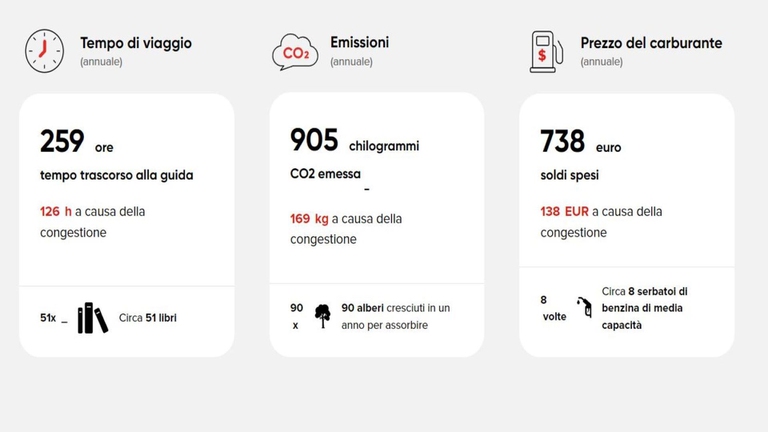
We have developed a addiction to cars which currently leaves us at the mercy of expensive fuel and which has very high environmental, social and health costs (costs in Italy equal to 6.8 of the gross domestic product).However, we continue to buy bigger and bigger cars, which we would like to look like us, giving us an identity:agile and agile for her, comfortable and safe for the family, fast and roaring for those who want to challenge the limits.Consequently, we get angry if administrations threaten to reduce parking, as if having a portion of public space dedicated to a private vehicle (bulky, polluting and dangerous) was a right.
Why does this happen?“The answer is within you – the saint you idolize would reply That, the famous character created by comedian Corrado Guzzanti – but it's wrong!”.Our head is in fact populated by cars and there is little space for alternatives.The main barriers that hinder change (the same ones found in political choices) are so deep-rooted and widespread that we no longer see them.We are immersed in a system which determines perceptions and behaviors, imposing the autocentric city model according to precise economic dictates.
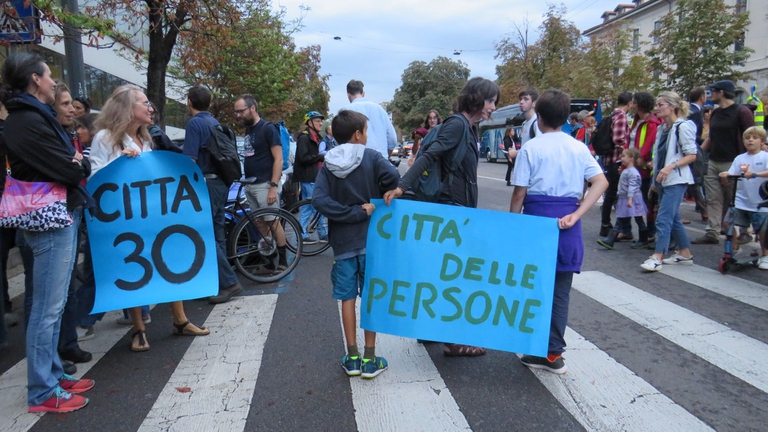
For this reason, thinking about the topic of safety, on the sustainable mobility and on the protests denouncing the massacre linked to road violence, in particular a Milan, we need to talk about cultural changes.In fact, we need to remove the concept of private cars from people's heads.
Autocentric city, an outdated and surmountable model
Just change your horizon, experiment with different contexts, make a leap to Valencia, Paris, Copenhagen to understand that it is not normal to cross the road at a pedestrian crossing, thanking those in cars who stop to give way to pedestrians.And without bothering the great virtuosos of Europe, we can also cite good local examples such as Bolzano, Ferrara, Pesaro, Cesena (one of the first cities in Italy to introduce “30 zones”, twenty years ago) and the courageous Bologna, the first large Italian city to become city 30.This is a choice aimed at reducing the number of victims of road violence and increasing the number of people who cycle, as described in the city handbook 30.
We think that in France in general there has been one 70 percent mortality reduction in cities where the 30 km/h limit is adopted.In this way a Lille in just four years, the number of people cycling has increased by 55 percent.Another interesting case is that of Thank you, in Austria.Here a 50 percent reduction in mortality was achieved (-24% immediately, from the first year) with particularly important numbers in the case of children in front of school:minus 90 percent.Another positive note:the noise dropped to minus two decibels, which means a drop in perceived noise of 30 percent.In Graz, the introduction of zone 30 was initially opposed by the citizens who, in 1992, approved it only by 44 percent.However, after two years of experimentation, the approval rate rose to 77 percent, while today it is steadily above 80 percent.
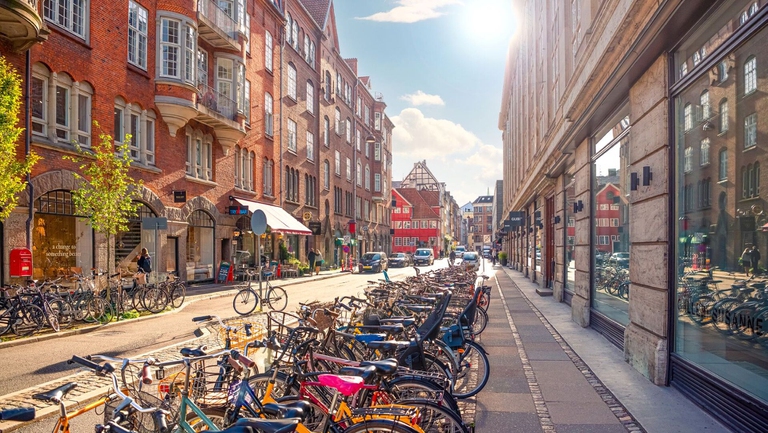
We therefore need investments and a sustainable city model.As Rome wasn't built in a day, so Copenhagen didn't become cycle-friendly in one day.In what is considered one of the most bike friendly in the world, let us remember that as many as 200 million euros have been invested in the last decade alone.To do what?How do you get an auto-centric city back into shape?
There are various actions to take.For example, they can be adopted policies and strategies that go to reduce travel needs of people and goods, shortening journeys.This is the idea of "15 minute city“, based on the concept of proximity and polycentric city, made popular by the mayor of Paris Anne Hidalgo and inspired by the urban planner Carlos Moreno.
You can adopt an approach that aims at modal rebalancing, with for example regulation of access and parking and implementation of infrastructures for sustainable mobility, as well as work on communication and raising people's awareness.Finally, you can improve the performance of means of transport in terms of energy efficiency and safety, encouraging the purchase of low-impact vehicles or installing charging stations.And then there is the topic of public transport to be strengthened, an issue that becomes more and more painful in Italy as one moves south.Where sometimes the button just doesn't exist, unfortunately.
“It's not a cycle path, but a health policy”
You can have a cycle path under your house but if you don't know how to ride a bike, if you don't see it as a means of transport for you, if you are afraid to use it, you will hardly get on your bike to go shopping or to work.In addition to investing in infrastructure and networking cycle paths, we need to encourage people with projects, subsidies, initiatives, communication campaigns, for them to change theirs habits and orient themselves towards the sustainable mobility.Which, let's not forget, is a tool for obtaining too social justice.Giving priority to cycling, rather than private motorized vehicles, means making the transport system more democratic and making it accessible to all.In this sense, those who administer the municipalities should create cycle paths thinking of them as a health policy.
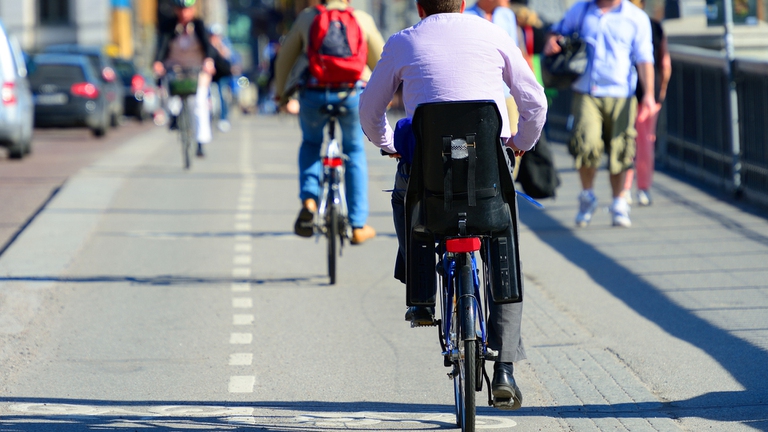
It's April letter signed by 14 thousand Italian pediatricians addressed to the mayors in which we ask to reduce pollution, protect children and combat sedentary lifestyle, where the bike is indicated as a solution to these risks.The more recent it is the appeal launched by Citizens for the air on the occasion of International Clean Air Day (7 September), to ask that the new European directive on air quality be aligned with the indications of the World Health Organization.The request addressed to MEPs is to express themselves - on the occasion of the vote on 13 September - in favor of the right to breathe clean air.In Italy, in fact, the impact of pollution causes 72 thousand and 40 thousand premature deaths for, respectively, the exposure of the population to concentrations of PM2.5 and nitrogen dioxide (NO2), which exceed the thresholds indicated by the WHO.
News is that the European parliament approved the new directive establishing stricter limit values and more ambitious objectives to be achieved by 2035 compared to the initial proposal presented by the European Commission, in line with the pursuit of zero pollution by 2050.
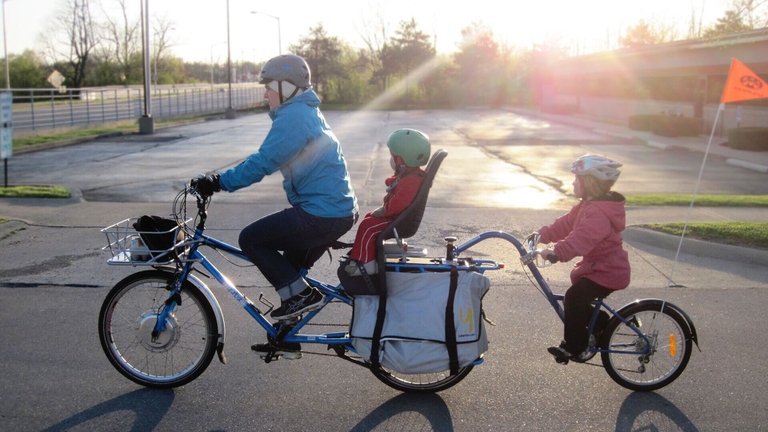
Right words for fairer paths, the problem of misinformation
Spoilers:There is no such thing as the "killer road" often cited in newspaper headlines as the cause of road "accidents".There is no "cursed road" that hides under a cloak of asphalt to claim victims.And there is no such thing as "the pirate car" or "the car that overwhelms, runs over and kills".We cannot omit the person who drives, humanizing the vehicle and leaving aside real responsibilities.
Following the example of Michela Murgia, than with his sexist press review denounced the victim blaming of gender violence by the media, we could give rise to one autocentric press review, to bring attention to the misinformation that is being made in this area.Every day, faced with cases of road violence, we deal with a narrative that fuels prejudices and generates poor understanding of reality, influencing the decision-making and cognitive processes of citizens, essentially influencing their ability to take actions for collective well-being.
We must make an effort to clearly talk about what is happening before our eyes, identify the responsibilities (which lie on the shoulders of those who administer the cities and who can therefore bring about improvements) without falling into "gut" talk or ending up in dead ends. where you mistakenly go to contrast drivers, cyclists, pedestrians.
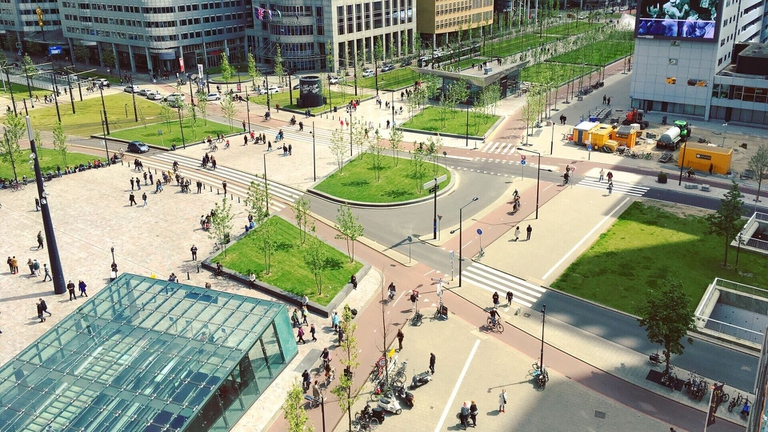
From this point of view, the research of Maria Cristina Caimotto, professor ofUniversity of Turin ecolinguistics expert and author of the book Discourses of cycling, road users and sustainability.An ecolinguistic investigation, in which an interesting analysis of the speeches of the sustainable mobility and its deep ties withneoliberal ideology.
"There dominant narrative, which sees the car as the main means of transport in the city, was built over the decades by the marketing of the automotive industry – explains Caimotto –.The most effective comparison is the one with the tobacco industries who for years continued to promote their products, despite being aware of the damage they caused, until a sufficient number of informed people, court battles and new laws significantly changed the widespread perception of smoking, reducing its consumption" .And then he adds:“Try telling a teenager today that in the 1980s there was smoking in hospitals, on trains, in primary schools, observe his reaction, and then imagine a similar conversation about cars in the city in a few years and what an effect will tell our current situation."
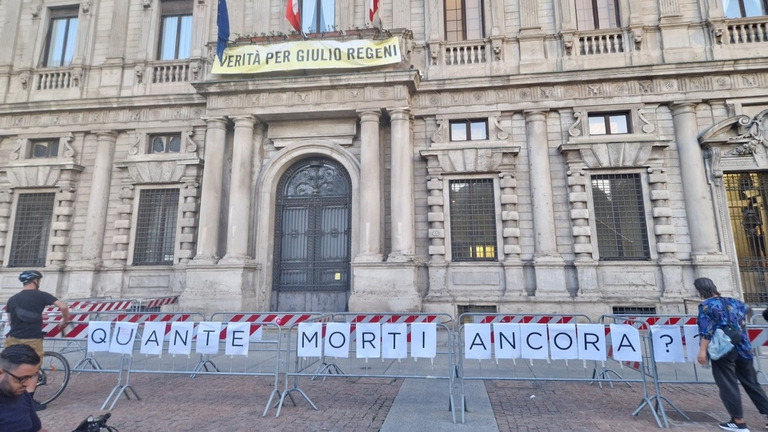
The visual utopias of Jan Kamensky, artist and "digital gardener"
The game to improve the quality of life in the car-centric city is therefore also played on the level of communication.Imagine removing car billboards and replacing them with campaigns aimed at encouraging the use of bicycles and sustainable mobility.It would be a huge breath of fresh air for our brains, a mental gymnastics that would allow us to move easily from the steering wheel to the handlebars.
A fascinating suggestion is offered to us by Jan Kamensky, visionary artist and "digital gardener" who creates in his videos visual utopias, transforming urban contexts, removing cars and populating them with greenery and humanity.
“We need fundamental and structural change in a short time – says Kamensky.“What does this have to do with cycling?The bike is a manifestation of this change, by pedaling we are in harmony with the world.The bicycle is a symbol of emancipation."
We therefore await the day when we google “cyclist” images of ordinary people will appear and not just of sporty males (white and middle-aged) on racing bikes, sheathed in Lycra onesies, which is what happens today.At that point we will know that we have done a good job in terms of imagination.
So, after lining up this series of notes collected in recent months, between conferences on city 30 (key model for transforming cities), Velocity Conference (international summit on active mobility which took place in May in Leipzig), le Milanese demonstrations against road violence and the articles published on these pages, we could also begin to think about freeing ourselves from the autocentric system as we free ourselves from patriarchy.In fact, these two systems seem to have a good degree of kinship, just as they increasingly resemble each other and the battles to dismantle them and build fairer societies, as well as better cities, intersect.
